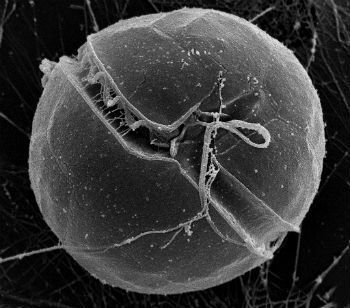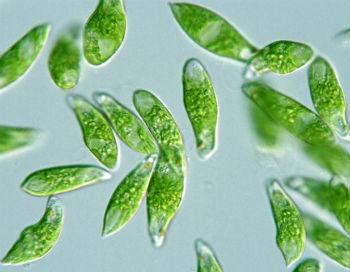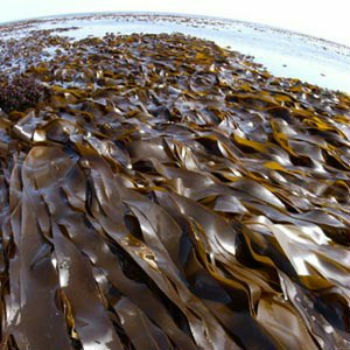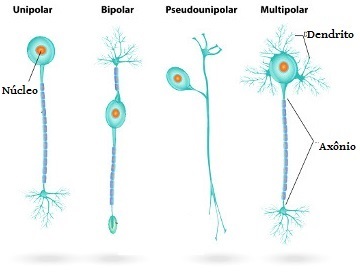Algae are photosynthetic protist, eukaryotic and autotrophic beings.
They are fundamental to the maintenance of life on Earth because they release large amounts of oxygen into the atmosphere.
Furthermore, they are considered the main producers of aquatic environments.
Features
Algae are eukaryotic, photosynthetic, chlorophyll, unicellular or multicellular beings.
They can live in wet terrestrial and aquatic environments of fresh or salt water.
Although some of them look like plants, algae do not have leaves, stems or roots. So they are much simpler organisms than plants.
reproduction
Algae can reproduce well. asexual and sexual.
Asexual reproduction can occur in the following ways:
- binary division, in single-celled algae;
- fragmentation, in filamentous algae.
There are also some multicellular algae that produce flagellate cells, the zoospores, which reproduce by zoosporia.
However, most algae reproduce sexually by cell fusion, conjugation and generational alternation.
Types of algae
Algae are divided into groups according to the pigment they have. The main phyla of algae are:
Phylum Chrysophyta

The phylum Chrysophyta comprises the golden or chrysophyceous algae and the diatoms, which inhabit fresh or salt water environments.
The group comprises approximately 500 species that can be unicellular or multicellular, some of which can form colonies.
Dinophyta Phylum

The Dinophyta phylum comprises the dinoflagellates, single-celled algae with two flagella.
Most of these algae are from the marine environment and only a few species live in fresh water.
Dinoflagellate algae are responsible for Red tide, a natural phenomenon that occurs in seas and freshwater environments.
Phylum Euglenophyta

The phylum Euglenophyta is composed of unicellular, autotrophic or heterotrophic algae that have two flagella. In this group there are about 900 species.
Euglenophytes occur in a freshwater environment rich in organic matter. Few species inhabit the marine environment.
Phylum Chlorophyta

The phylum Chlorophyta encompasses green or chlorophyceous algae, found in moist terrestrial or aquatic environments.
This is the most diverse group of algae, with around 17,000 species, predominantly freshwater.
Phylum Phaeophyta

The Phaeophyta phylum comprises brown or pheophyceous algae, which are abundant in Brazil.
They mostly occur in the marine environment and they are all multicellular. Brown algae can reach up to 60 cm in length and are called kelp.
Phylum Rhodophyta

The phylum Rhodophyta encompasses red or rhodophyceous algae. They are predominantly marine and multicellular.
The main difference between this group and other multicellular algae is that red algae do not have flagellate cells.
Phytoplankton
O phytoplankton covers the microscopic photosynthetic and unicellular algae that inhabit aquatic ecosystems.
It represents the base of the food chain of aquatic ecosystems, being found “floating” in open waters.
The most abundant and representative groups in phytoplankton are the dinoflagellate algae and the diatoms.
Learn more, read too:
- Protist Kingdom
- Microbiology
- Microorganisms
- Plankton

